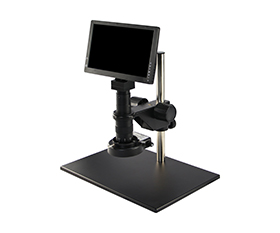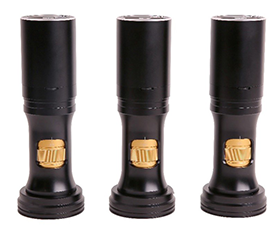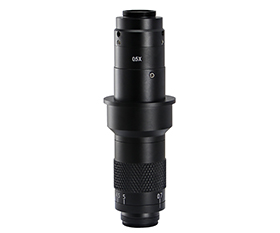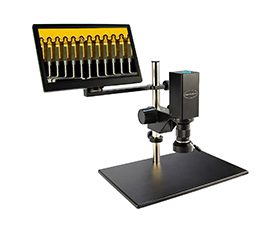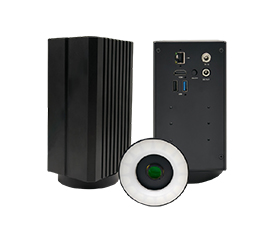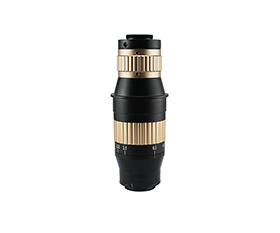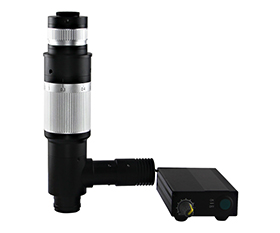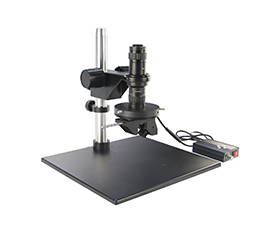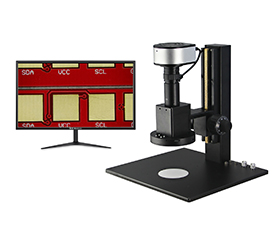What is a Zoom Monocular Microscope?
The working principle of a zoom monocular microscope is based on the optical properties of convex lenses. It uses one or more convex lenses to magnify the image of an object, making it visible to the human eye. A zoom monocular microscope has a relatively simple structure, mainly consisting of an objective lens, an eyepiece, and an adjustment knob.
The objective lens magnifies the object, while the eyepiece further enlarges the image for the viewer. The adjustment knob helps fine-tune the focus and magnification to clearly observe objects of different sizes and at various distances.
Zoom monocular microscopes are widely used in scientific research, education, laboratories, and industrial inspection.
The Structure of a Zoom Monocular Microscope
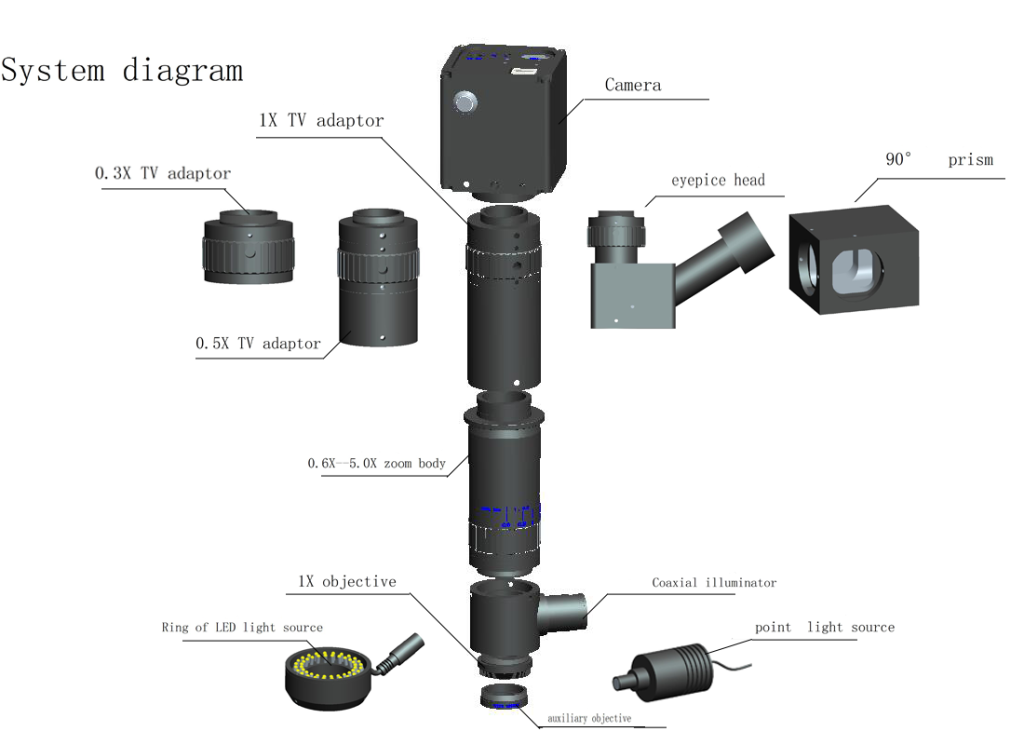
The Key Parameter of a Zoom Monocular Microscope
Zoom Ratio:
The zoom ratio is one of the most important parameters of a zoom lens. It represents the ratio between the maximum and minimum magnification the lens can provide, determining the zoom range. A higher zoom ratio allows for observation or imaging over a wider range of focal lengths, making the microscope suitable for various applications.
Choose the zoom ratio based on your observation needs. For samples that require detailed inspection of tiny features, a higher zoom ratio allows for easy positioning followed by close-up observation. For larger samples or when viewing overall structures, a lower zoom ratio is often sufficient.
Magnification:
Magnification is related to the zoom ratio. The zoom ratio is calculated by dividing the maximum magnification by the minimum magnification. However, microscopes with the same zoom ratio do not necessarily have the same overall magnification capability.
Optical System:
The optical system of a monocular microscope is somewhat similar to that of a biological microscope. It typically comes in either a finite or infinite optical system, with the infinite system being more common. Standard tube lengths are usually 180mm or 200mm, and common parfocal distances are 45mm or 60mm.
When selecting a metallurgical objective lens, it’s important to match it with the correct tube length and parfocal distance. Otherwise, the actual magnification may differ from the labeled magnification.
Resolution:
Resolution determines the sharpness and clarity of the image. A high-resolution zoom lens can capture finer details and produce sharper, clearer images. Whether observing microscopic structures or capturing distant subjects, resolution plays a critical role.
For applications requiring high-resolution images, a 4K zoom lens is a good choice to achieve crisp and detailed imaging.
Compatible Camera Sensor Size:
In general, higher-end monocular microscopes are designed to work with larger camera sensors, and this compatibility is usually specified in technical documentation. If the camera sensor is larger than the optical imaging field of the microscope, black edges may appear around the image.


Advantages of a Zoom Monocular Microscope
Simple and Practical:
Zoom monocular microscopes have a straightforward structure and are easy to use, making them a popular choice for beginners and in educational settings.
Cost-Effective:
Compared to more complex microscope systems, zoom monocular microscopes are relatively affordable and suitable for a wide range of applications.
Portable:
Thanks to their simple design, Zoom monocular microscopes are usually lightweight and easy to carry, making them ideal for fieldwork and mobile experiments.
Real-Time Observation:
Zoom monocular microscopes allow users to directly observe samples through the eyepiece, enabling real-time viewing.
Modular Design:
Most zoom monocular microscopes feature a modular design, allowing you to customize your setup with options like C-mount adapters, auxiliary lenses, stands, lighting systems, and cameras according to your specific needs.
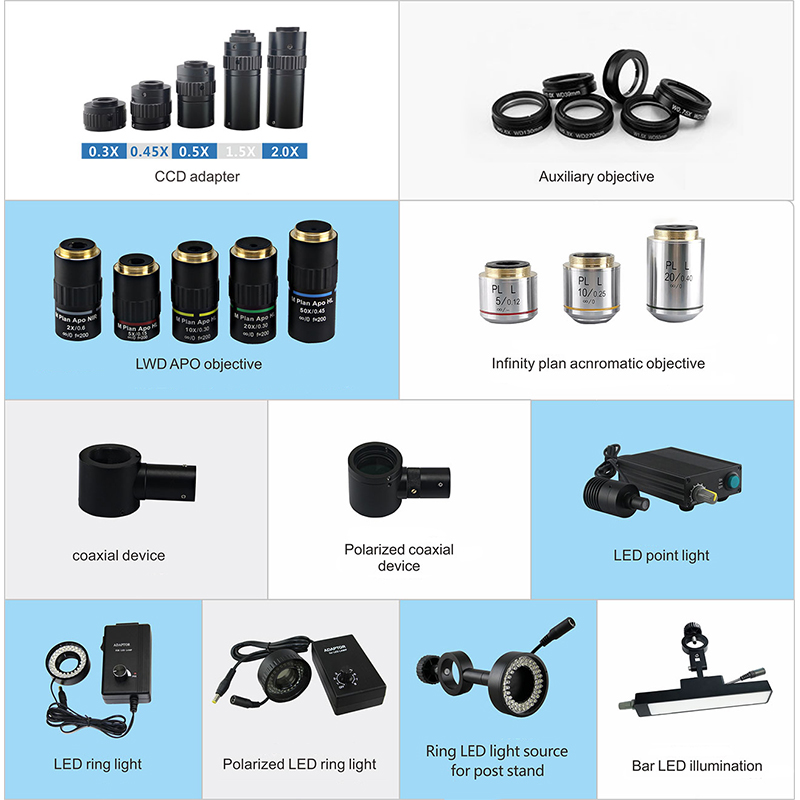
Disadvantages of a Zoom Monocular Microscope
Limited Magnification:
Due to the simpler lens design, zoom monocular microscopes have a limited magnification range. If higher magnification is needed, it can be expanded by using an infinity-corrected objective lens.
Dependence on External Light Sources:
Zoom monocular microscopes usually do not come with built-in lighting. As a result, the field of view may appear dim, making observation difficult. It’s important to select a suitable external light source based on the type of sample being observed.
Image Quality Compared to High-End Metallurgical Microscopes:
Professional metallurgical microscopes generally offer better image quality because their prisms, eyepieces, objectives, and illumination systems are fully integrated. In contrast, zoom monocular microscopes are modular, with separate components like the body, lighting, and stand. As a result, metallurgical microscopes typically provide better color reproduction and higher resolution than zoom monocular inspection models.
How to Calculate the Field of View (FOV) of a Zoom Monocular Microscope
Field of View = Camera Sensor Diagonal Size / Total Optical Magnification
Important:
Make sure all units are converted to millimeters (mm).
For reference:
1 inch of camera sensor size = 16 mm
For example, if a camera sensor is 1/1.8″, then:
1/1.8 × 16 = 0.5555 × 16 = 8.888 mm
How to Calculate the Total Magnification of a Zoom Monocular Microscope
Total Magnification (M) = Total Optical Magnification*System Magnification (Monitor Ratio)
Total Optical Magnification=C-mount Adapter Magnification*Zoom Body Magnification*Auxiliary Objective or Metallurgical Objective Magnification
System Magnification (Monitor Ratio)= LCD Screen Diagonal Size / Camera Sensor Diagonal Size
Important:
Ensure all units are consistent:
1 inch of LCD screen size = 25.4 mm
1 inch of CMOS sensor size = 16 mm
Thus:
LCD Screen Diagonal Size = (Screen Size in inches) × 25.4 mm
Camera Sensor Diagonal Size = (Sensor Size in inches) × 16 mm
A detailed explanation of the calculation methods can be found in another article:
bestscope.net/solution/how-to-calculate-the-magnification-of-a-monocular-zoom-microscope/
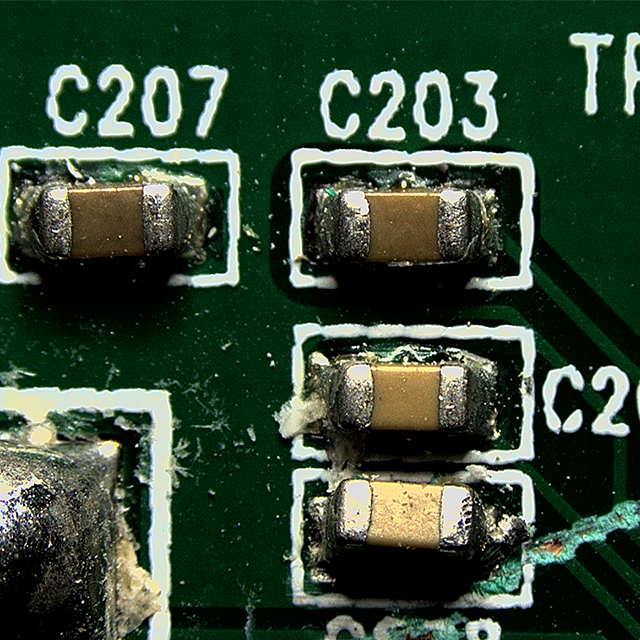
BestScope Main Zoom Monocular Microscopes
|
Model |
Zoom Ratio |
Magnification |
|
1:6.4 |
0.7X-4.5X |
|
|
1:8 |
0.7X-5.6X |
|
|
1:7.1 |
0.7X-5X |
|
|
1:7.1 |
1:7.1 |
|
|
1:8.3 |
0.6X-5X |
|
|
1:8 |
0.3X-2.5X |
|
|
1:10 |
0.3X-3X |
|
|
1:8 |
0.15X-1.2X |
|
|
1:10 |
0.4X-4X |
|
|
1:15 |
0.4X-6X |
|
|
1:20 |
0.4X-8X |
|
|
1:10 |
0.6X-6X |
|
|
1:10 |
0.8X-8X |
If you have any questions about choosing a microscope, please feel free to contact us. BestScope provides you with professional solutions.


